Vintage Design
Here we see the principle of the Japanese wabi-sabi, which refers to embracing imperfections and underlining impermanence. Rustic aspects, simplicity, modesty, and austerity offer a humble and honest beauty. Each piece is slightly different, where the imprecision and imperfection offer an enriching quality. Signs of age, patina, and the traces of use enhance the character of this piece. The surfaces of the seats are done in cane. Contrasting the massive wooden parts, which frame it nicely, cane expresses a lightness with its transparency. The geometrical patterns of the canework create a charming shadowscape. We do the caning like it was done in Chandigarh. We use durable and thicker cane. All massive wood parts are authentic. They are done in Indian teak. Rich in texture, the wood is vivid and comes in chocolate colour. The surface is treated with shellac and there are several layers of original shellac. It provides smooth irregular gloss different from that of the sterile lacquerware nowadays. Charming irregularities show that each piece is unique. Chandigarh items are famous for A-shaped legs, also known as compass legs. On the inner side, the edges are sharper, while the outer edges are rounded. The legs are a unique structure that frames the void between them while distributing the weight of the object. Here it is obvious that Pierre Jeanneret, together with Jean Prouvé and Le Corbusier, had a structural, not decorative, expression. I think the piece blends well with many interior styles. It can support pure, modern aesthetics by giving them a warmer character with its natural materials and warm colours. As a stool, it can be fitted in any interior space, as its functions are various. P! Galerie’s selection is mainly focused on rare French mid-century modern design artefacts by Pierre Jeanneret, Jean Prouvé, Le Corbusier, and Charlotte Perriand. Artefacts from our carefully curated collection are handpicked, and all traces and important indicators of authenticity are evaluated professionally. We try to preserve as much of patina as possible during the process of restoration, as it defines these historic pieces. Each object comes with a certificate of authenticity, offering you the opportunity to own a valuable artefact originating from a UNESCO-designated World Heritage Site. Not only do we cooperate with museums and offer auction houses our services and expert opinion, we also look forward to welcoming you as a private collector and connoisseur.
| Creator |
Pierre Jeanneret (Designer) |
|---|---|
| Manufacturer |
Pierre Jeanneret (Designer) |
| Design Period | 1950 to 1959 |
| Production Period | 1950 to 1959 |
| Country of Manufacture | India |
| Identifying Marks | This piece has been attributed based on archival documentation, such as vintage catalogs, designer records, or other literature sources |
| Style | Vintage |
| Detailed Condition | |
| Restoration and Damage Details |
Light wear consistent with age and use, Patina consistent with age and use, Completely restored, Surface has been refinished, Cane redone according to the original technique.
|
| Product Code | BDC-1972367 |
| Materials | Teak, Cane |
| Color | Brown, wheat |
| Width |
41 cm 16.1 inch |
| Depth |
41 cm 16.1 inch |
| Height |
23 cm 9.1 inch |
| Duties Notice | Import duty is not included in the prices you see online. You may have to pay import duties upon receipt of your order. |



















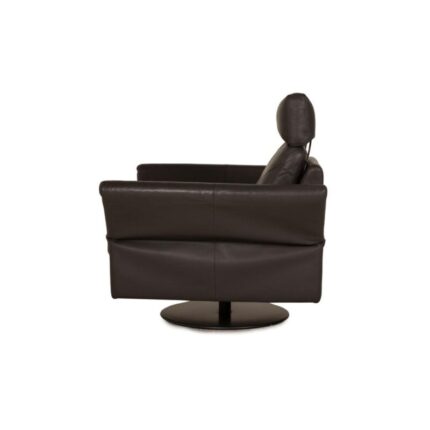





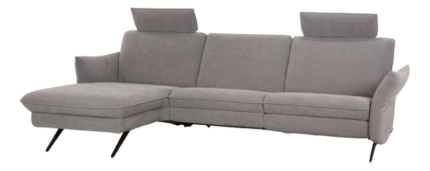

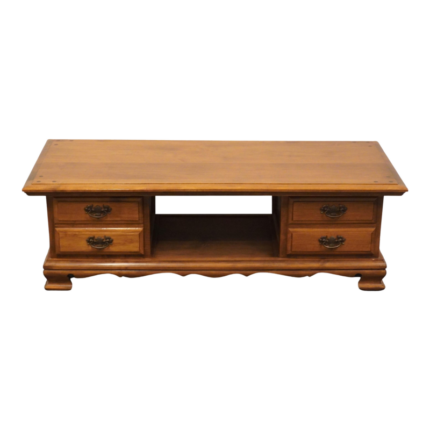



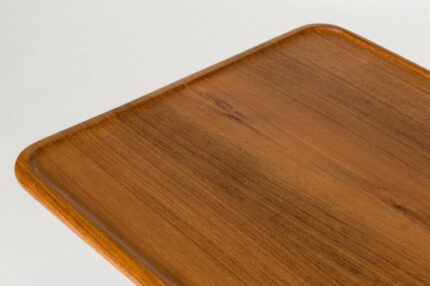

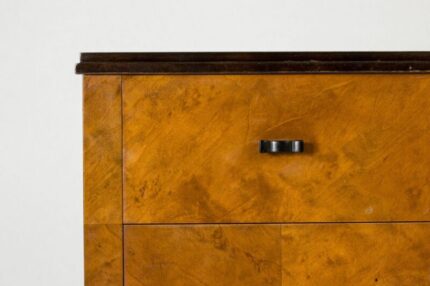


Reviews
There are no reviews yet.